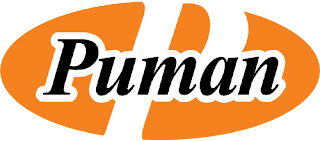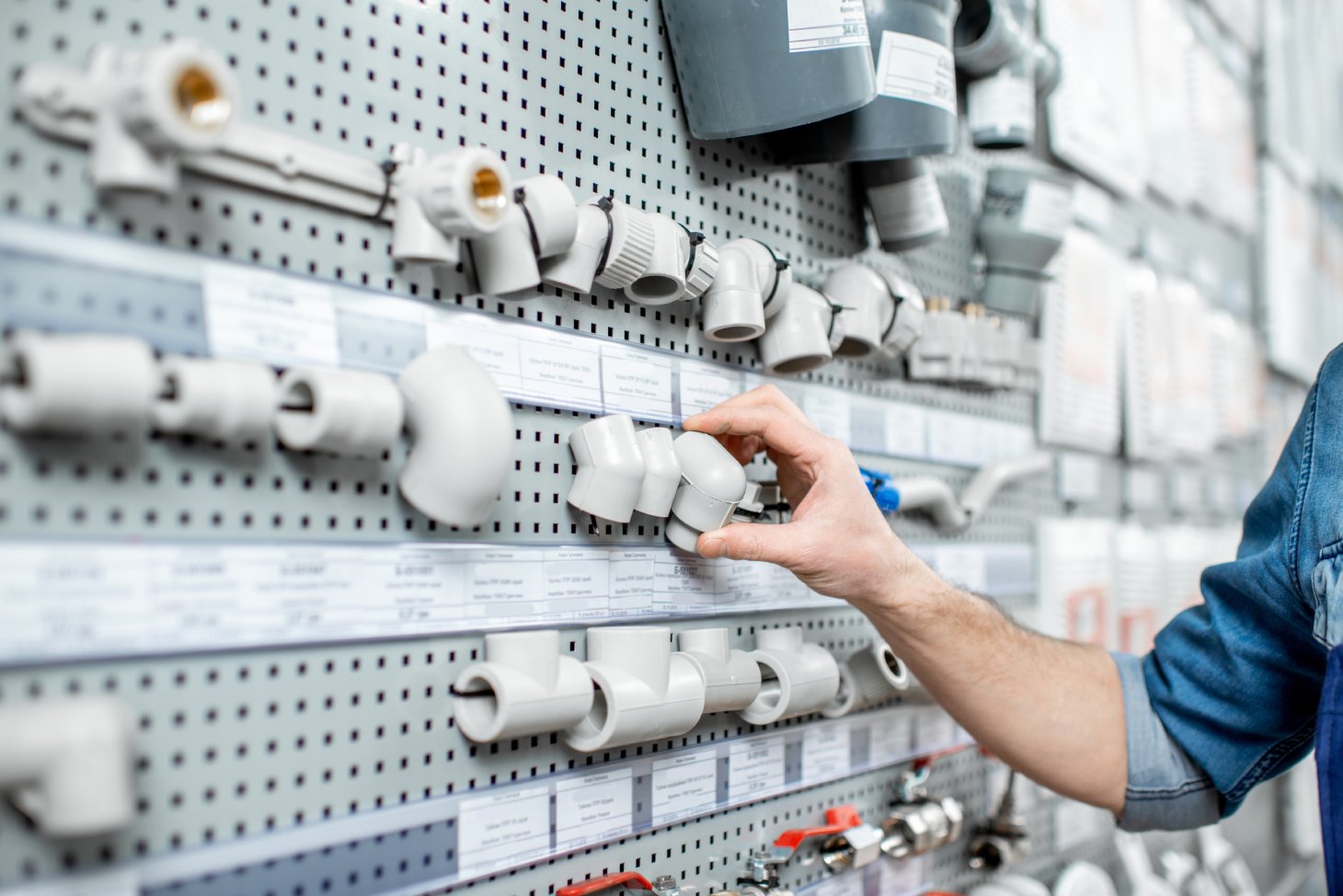When it comes to construction, plumbing, or industrial work, selecting the right pipes and fittings is not just about convenience—it directly affects the efficiency, safety, and longevity of your entire system. With numerous materials, sizes, and specifications available, making the right choice can be challenging. Here’s a complete guide to help you choose the right piping solution for your project.
✅ Why Choosing the Right Pipes & Fittings Matters
- System Integrity
Poor-quality or mismatched pipes and fittings can lead to leaks, pressure drops, and eventual system failure. - Cost Efficiency
Right materials and sizes reduce the need for replacements, repairs, and energy losses—saving long-term maintenance costs. - Safety Compliance
Projects in the UAE must meet certain building codes and safety regulations. Using approved, high-grade materials ensures compliance. - Application-Specific Performance
Different environments (chemical plants, residential plumbing, HVAC systems) require different types of pipes—choosing the right one is essential.
🔧 Types of Pipes and Their Uses
- PVC (Polyvinyl Chloride)
Lightweight and corrosion-resistant, best for cold water systems and drainage. - CPVC (Chlorinated PVC)
Similar to PVC but suitable for hot water systems. - GI (Galvanized Iron)
Strong and durable; suitable for outdoor and industrial use, but prone to corrosion over time. - MS (Mild Steel)
Ideal for industrial and structural piping, used in high-pressure applications. - PPR (Polypropylene Random Copolymer)
Excellent for hot and cold water applications, known for chemical resistance and long service life.
🔩 Choosing the Right Fittings
Fittings connect pipes and allow changes in direction, control flow, or connect to other systems. They include:
- Elbows & Tees – Redirect flow
- Reducers – Connect different pipe sizes
- Couplings & Unions – Join pipes
- Valves – Control flow
- Adapters – Connect different types or sizes of pipes
Ensure the fitting material matches your pipe type and application.
✅ Key Factors to Consider
- Project Type
Commercial, residential, industrial, or specialized—each has unique requirements. - Fluid Type and Temperature
Know what the system will carry—water, gas, chemicals—and whether it will handle hot or cold temperatures. - Pressure Rating
Choose pipes that can withstand the expected pressure load. - Durability and Maintenance
Go for materials with long lifespans and minimal maintenance needs. - Compliance and Certification
Always select pipes and fittings that meet local regulations and international standards.
🌟 Benefits of Choosing Right
- Longer system life
- Lower operational costs
- Better performance and safety
- Minimal downtime or repair
- Higher return on investment
🏗️ Conclusion
Choosing the right pipes and fittings isn’t just a technical step—it’s a foundation of any reliable infrastructure. At Puman Building Materials Trading, we stock a wide variety of certified, high-performance piping solutions to match every project requirement. Whether you’re working on a home renovation or a large-scale industrial setup, our team is here to guide you to the right products for the job.



Comments are closed